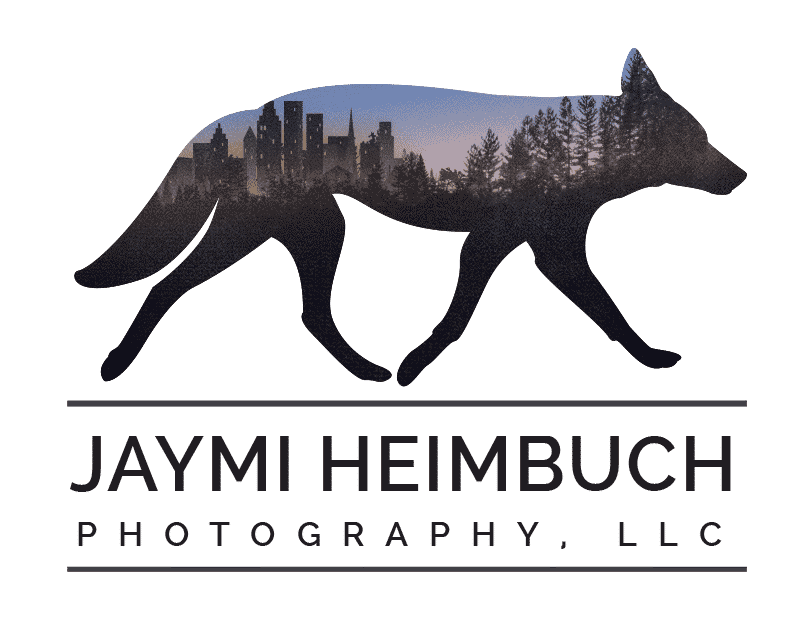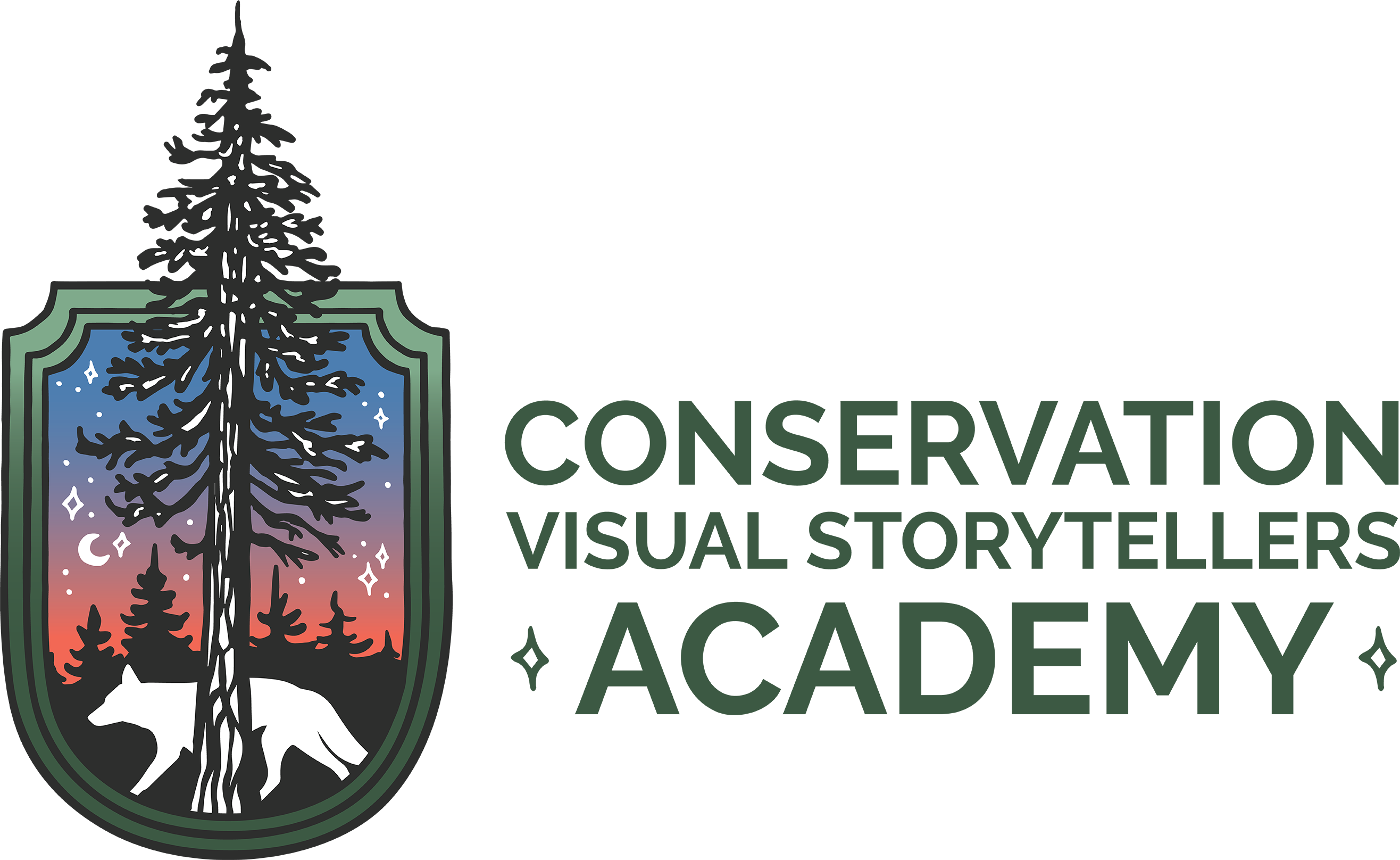On Baiting Wildlife And Truth In Captioning
[mashshare]
Driving down the gravel road in northeastern Alaska, my friend and I saw this short-eared owl hunting on a strip of tundra between the road and the water.
We watched it flying low, sometimes hovering to get a closer look at something, clearly hunting.
It was a perfect opportunity for photographs so we watched its direction and speed, and hurried to get far enough ahead of it so that we could pull over, get in position next to the car, and photograph it as it flew by.
The owl was undeterred by us, not seeming to care at all that we were there. So after it passed us, we tried the same tactic – driving to get ahead of it and waiting for it to approach and pass us. Once it got to a point when the land narrowed and the water and road nearly met each other, it turned and headed back down the strip. And we followed — or rather darted far ahead and waited.
We spent probably a half an hour with this raptor, taking what opportunities it gave us while it hunted, until it finally gave up on this unproductive strip of land and headed to a new spot farther into the tundra out of range of our lenses.
Over the course of several days, we watched two short-eared owls hunt this area, sometimes even catching prey. Our strategy for getting photographs — compelling photographs of an owl in flight, flying toward us, making eye contact — was to simply watch, wait, watch, wait, and snag the opportunities for photographs when they came our way.
Because of this, I can caption each of these photos as “Wild short-eared owl. Not captive, not baited, not called in.” And that feels really good.
Not everyone can write this for their images. Many photographers care more about the shot than the wildlife they’re photographing, so they create their own opportunities by baiting, rather than using a knowledge of the species and patience. This is to the detriment of both the wildlife and wildlife photography.
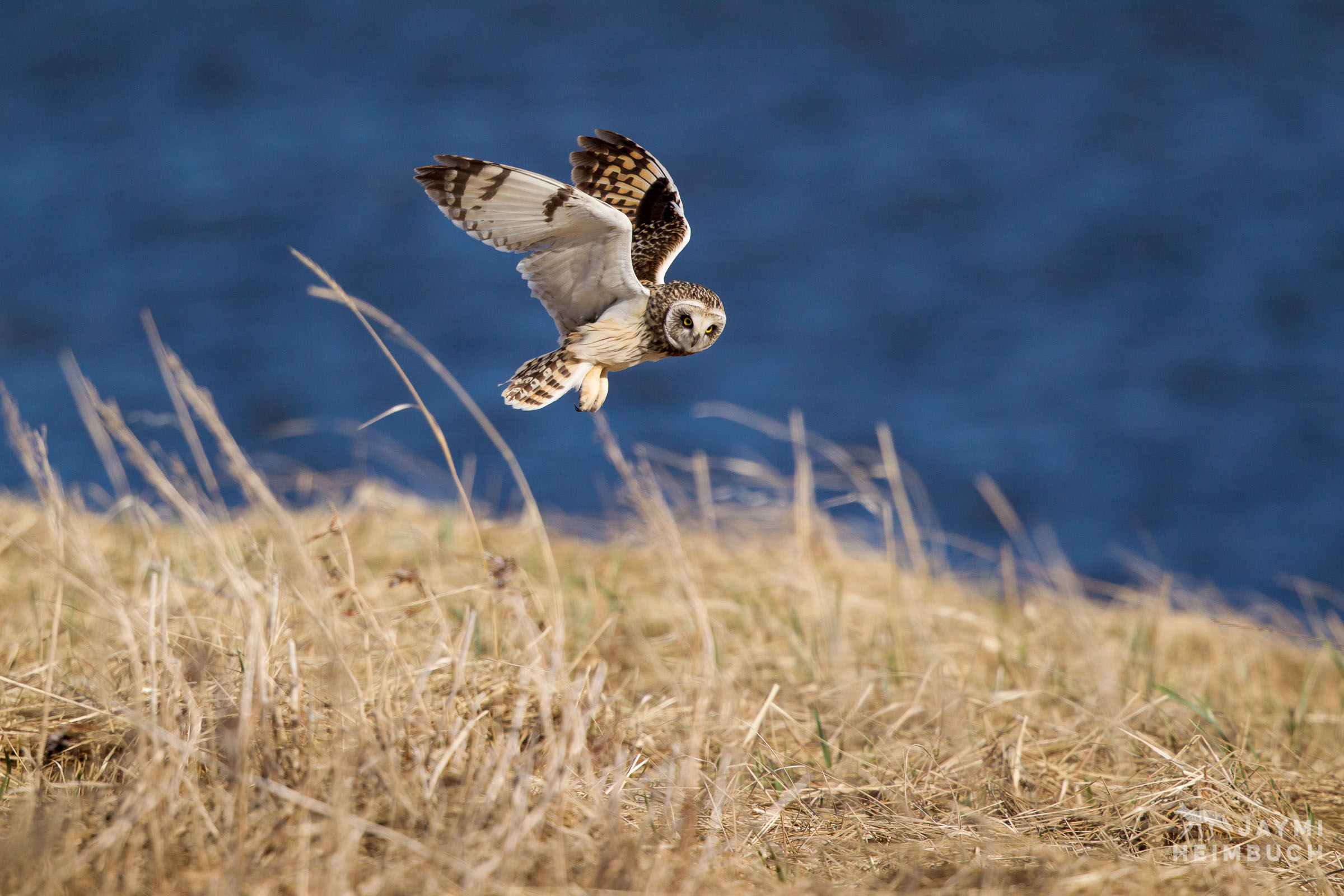
Baiting wildlife is a controversial subject that has a little bit of black, a little bit of white, and a whole lot of grey. It would take me thousands of words to cover the details of the ifs, ands, buts and many caveats about baiting. But I will say this: In general, I firmly disagree with baiting wildlife for photography, unless the photographer is working in conjunction with researchers, the baiting is done in a way that is not injurious to the subject or the environment, and the photography is for the purpose of science or conservation.
For photographers who are only looking to get a cool photo — something they can submit to magazines for the cover, submit to photo contests, or to garner likes and comments in social media — baiting is, in general, a lazy and often destructive practice. It is also cruel, as the photographer willingly gives up the life of the bait animal in the pursuit of a photograph.
Just a few of the issues that pop up with, for instance, baiting owls for photography include habituating owls to humans, especially along roads, which both alters their natural hunting behavior and creates a higher risk of car strikes. It alters the natural diet of owls, as baiting is usually done with store-bought mice. It alters the role those owls play in the ecosystem by reducing the amount of wild prey they catch, or sometimes causes them to cease hunting entirely, which changes the overall dynamics of the ecosystem. It runs the risk of the introduced bait animals spreading disease, or getting a foothold in the area and becoming an invasive species. If one uses a lure instead of live bait, that person is causing an owl to use important energy reserves that should be spent on hunts that result in catching actual food.
It also creates photos that aren’t true to natural life, and that is where the issue of truth in captioning comes up.
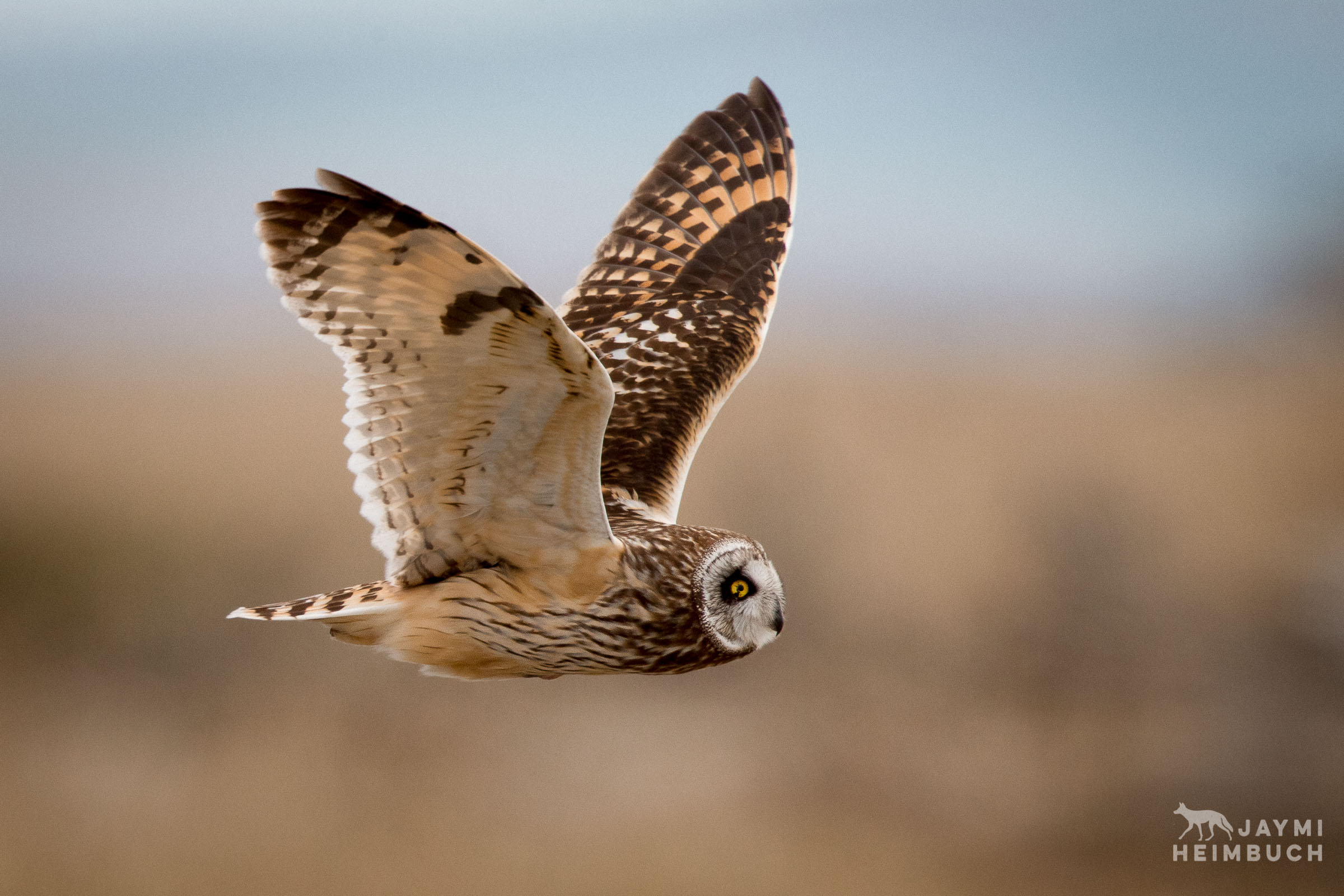
Baiting creates situations that aren’t naturally unfolding. The photographer is not capturing a natural situation or behavior they studied, got in position for, waited to witness. The photographs are not a result of skill and luck — instead they depict a contrived situation. It is in many ways simply untruthful.
Too many people looking at the photographs won’t know, won’t even think to ask if the photograph is “real.” Most viewers likely just assume that the photographer was in the right place at the right time. They’re wowed. And they’re duped. Unless, of course, a caption specifies the details of the situation, and those who bait rarely add this into the caption.
Photographers are always going to land on different parts of the spectrum on the ethics of baiting wildlife. And the laws vary or are nonexistent about baiting wildlife for photography. The practice is not going to end unless it is outlawed and even then, a handful of people will still probably do it. So what can be done right now?
Stop rewarding those who bait rather than wait.

Truth in captioning can play a significant role in promoting awareness as well as reducing the prevalence of baiting. Photographers who don’t bait can start the trend by adding “wild, not baited, not called in” to their captions. Viewers will notice, and perhaps ask questions about what it means, or look for this distinction in the captions of other wildlife images.
I recognize that there are grey areas here just as much as in the act of baiting itself. For instance, what if the animal is wild and the photographer isn’t baiting it, but it is approaching because it is habituated to being fed by people in a picnic ground? Does that count as baited? Maybe yes, maybe no depending on how one looks at it. But the photographer can be descriptive enough in their caption to let viewers know that the photo was captured ethically.
Even more effective is if magazines require such disclosure and stop publishing images that are captured through baiting — or at the very least magazines that revolve around wildlife conservation and natural sciences should stop using baited photos. Readers can make this happen by asking about the published images that look too good to be true (like an owl flying in toward the camera, talons out, ready to grab a mouse), writing in their thoughts about baiting to the editors, and cancelling their subscriptions to magazines that persist in publishing photos of baited wildlife (while also letting the magazine know the reason for cancelling their subscription).
Additionally, photography contests can update rules to disqualify entries gained through baiting or calling in the subject. Any contest that purports to protect and conserve wildlife should already be doing this, just as they require disclosure of if the subject is a wild or captive animal.
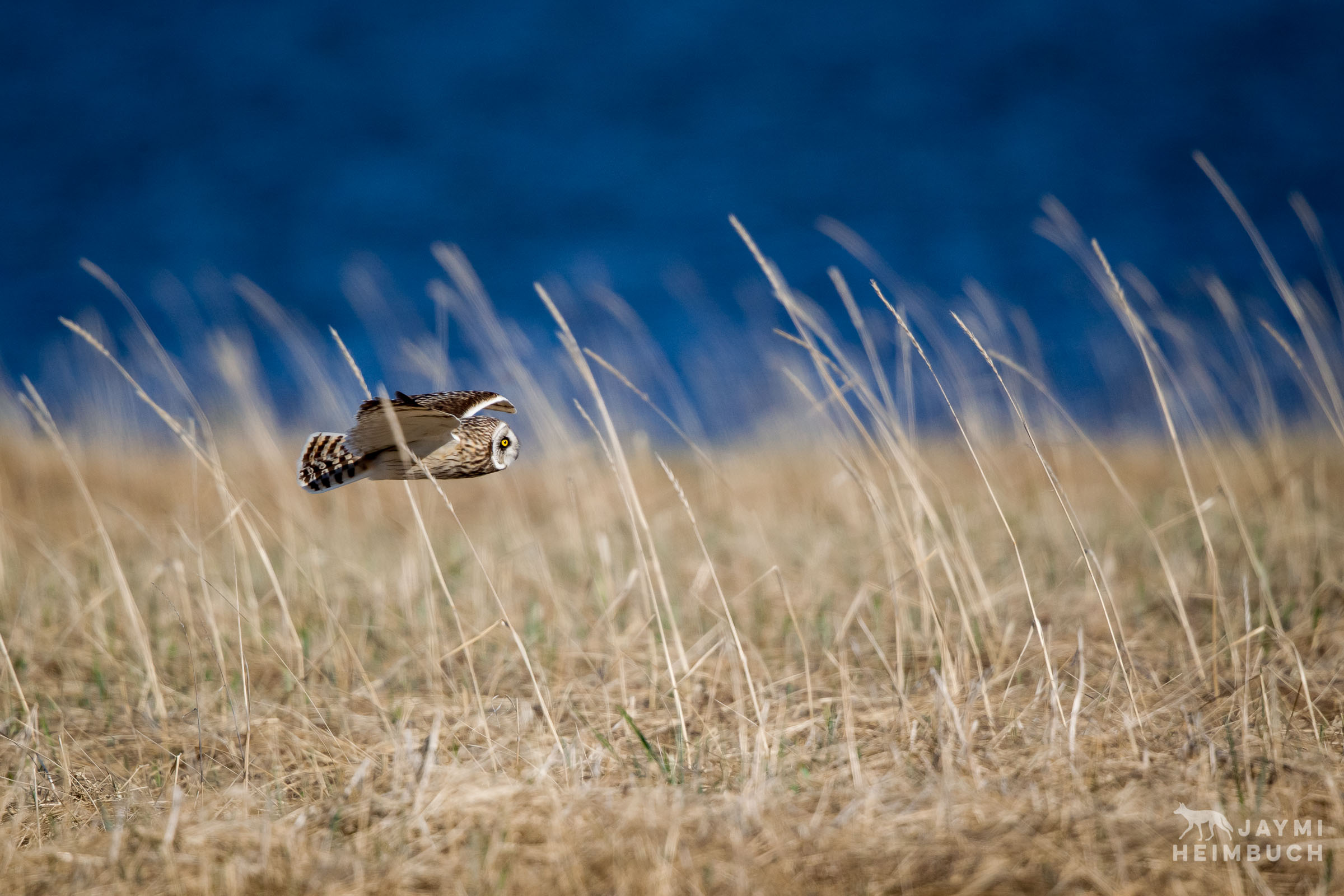
And finally, to spark even more debate over this topic, I’ll suggest that photographers running workshops can avoid baiting and discuss the issue of baiting with those in their group. I understand that photographers who run workshops are held to an expectation of getting the participants the kind of shots they want. After all, they’re paying good money for the workshop.
However, there is more to learn about wildlife photography than just what camera settings to use while a baited owl flies toward you. Wildlife photography is about learning everything about a species, tracking it, predicting behavior, and being patient while waiting for opportunities to unfold that allow you to capture natural behavior. That kind of knowledge and practice is every bit as valuable to a budding photographer than just a pretty picture to add to their portfolio. They gain a skill set that is key to future success, and also allows them chances to capture surprising behaviors that may not occur if an animal is being baited.
Photographers leading workshops can explain to expectant participants that there are no guarantees in wildlife photography, especially when you are focused on the animals’ health and safety just as much as on getting images. Sometimes you don’t get anything that day, and that’s just the way it goes. Yet, whatever the participants do walk away with can be captioned, “wild, not baited, not called in.”
Too many beginning wildlife photographers learn from the “masters” who use baiting techniques, without questioning the ethics of it. Too many may not realize the myriad issues wrapped up in it — they just figure that’s how you get the shots, that’s it’s the only way to get the shots. But it doesn’t have to be that way at all, if workshop leaders take the initiative to address baiting and are willing to take the risk that sometimes wildlife doesn’t show up, and sometimes a participant or two will be upset about that.
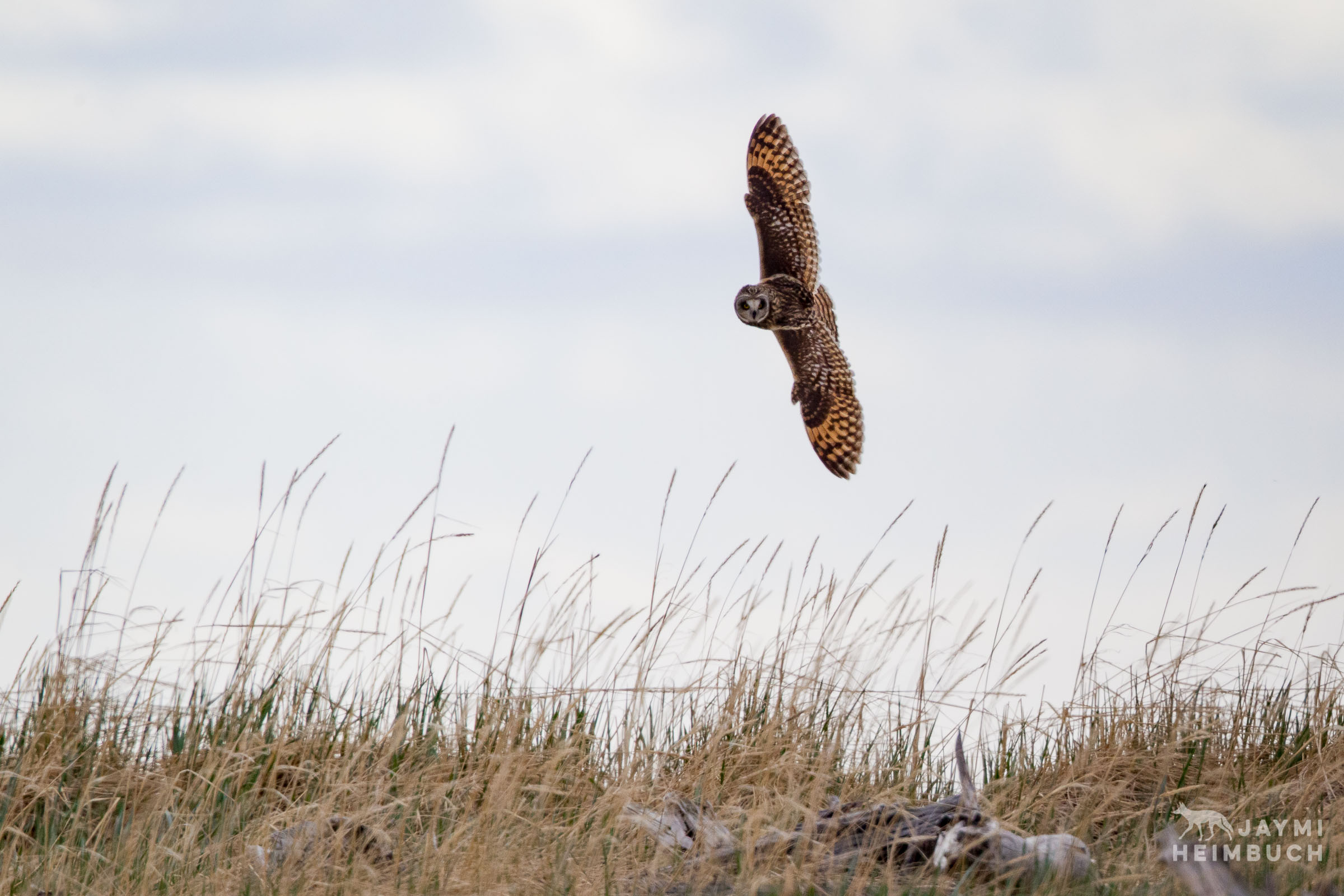
By not rewarding the photographers who use baiting, both new and experienced photographers will, hopefully, spend more time thinking about why baiting is an ethically questionable practice. And more photographers will, hopefully, spend more time learning their subject, studying the species, and positioning themselves around the subject for a shot, rather positioning the subject around themselves.
If patience, knowledge of the subject, and skill is the only way a photographer is able to get their image on the cover of the nature magazine, or win the top award from that prestigious contest, then they’ll be more likely to wait, not bait. And that can make all the difference for wildlife.
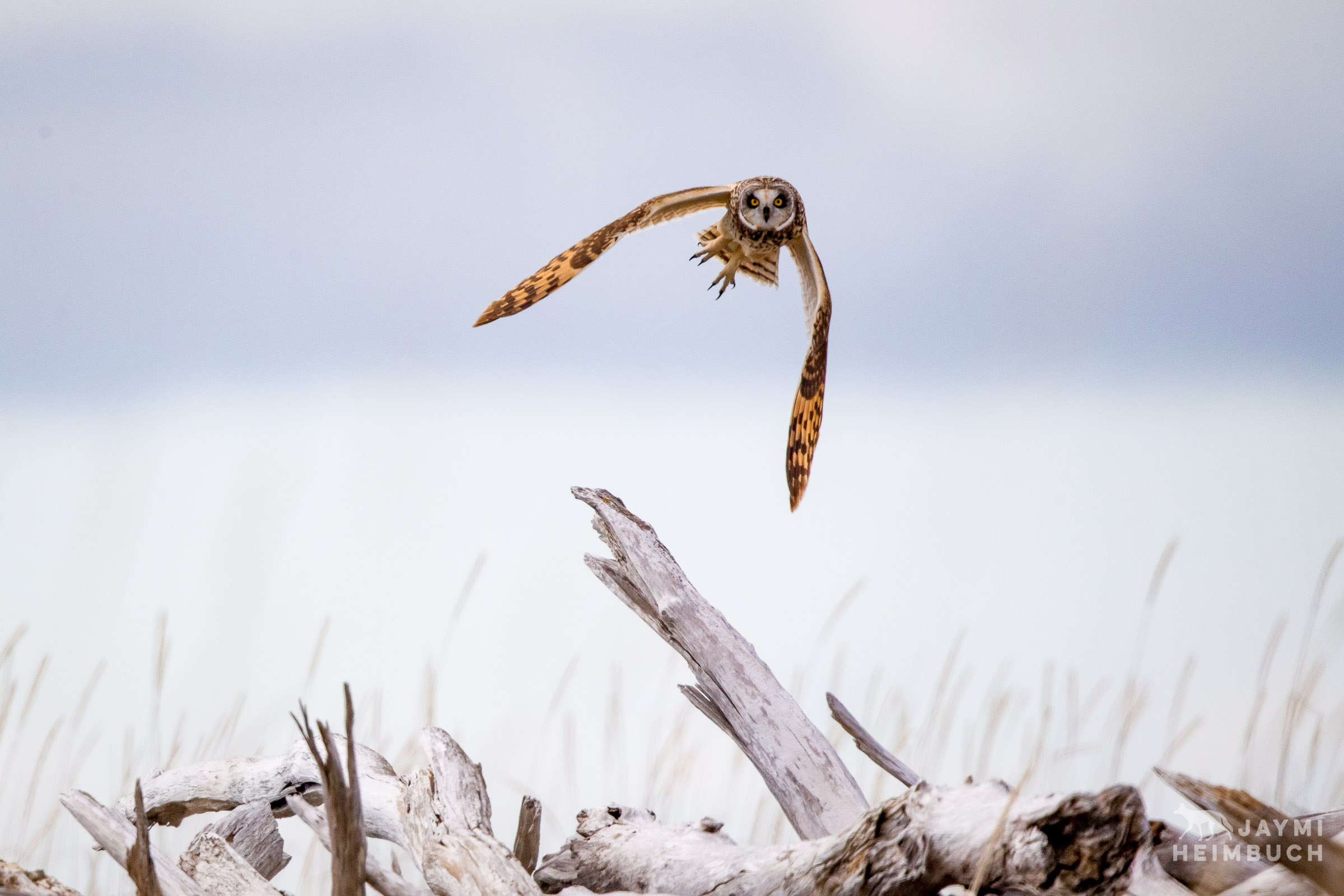
Originally published July 2015
